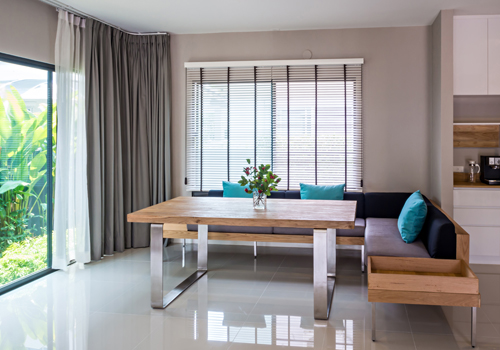Planning to paint your house, this Diwali? It's not as simple as picking a random hue for your rooms; each colour has a distinct effect on your mood and wellbeing, check out our list of colours and make the right decision!
The colours you choose within your house need to complement your personality, as they have the ability to influence your temperament and mind-set. While most people usually tend to pick their room colours based on the latest trends, or a bucket of colour or palette that appeals to them most, it's crucial to analyse how a colour makes you feel before choosing it as your wall paint. This is why we have compiled a list of colours and the emotional responses commonly associated with them. So, be sure to choose wisely!
The general rule to go by is that light colours create a sense of openness and airiness, making rooms seem bigger and brighter. While darker colours give larger rooms a warmer, inviting and intimating vibe. Check out our list below for more information:
Blue
Blue is best known for its calming properties, making it one of the most chosen colours for spas and offices. It's also known to decrease one's blood pressure and heart rate, making it a good choice for bedrooms, bathrooms or any other room you want to encourage and assist relaxation and rejuvenation. Softer shades of blue are recommended over darker hues, as the latter can have the opposite effect.
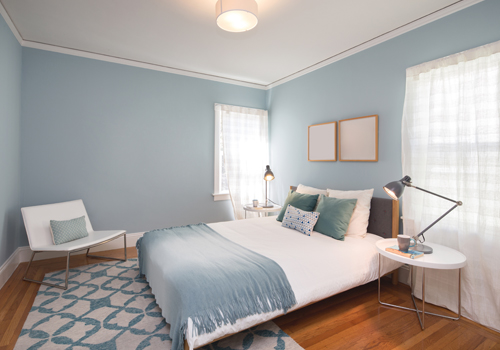
Green
It is universally known that green encourages growth and rejuvenation, and is the best colour for the health and wellbeing of your eyes. With so many benefits, it's no wonder that it is the most prominent colour in nature! Green is great for living rooms, your child's room, or any room you want to evoke a feeling of calming comfort, togetherness and renewal of the senses. Fluorescent shades of green create a more energetic feel to a room.
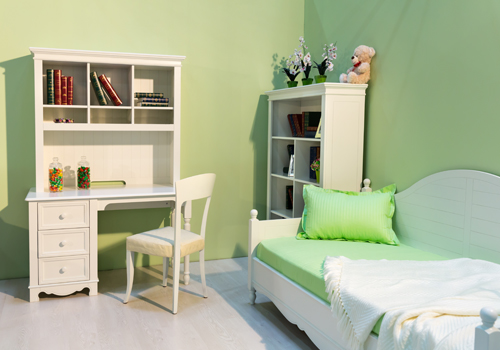
Yellow
Yellow symbolises happiness and cheerfulness and is the best choice for a kitchen, dining room or even your bathrooms. The colour is uplifting and can raise the energy levels in a room, while also making the space look bigger and inviting. Yellow is best used as an accent colour, or else a softer shade is recommended as darker, brighter hues may have some undesirable effects, such as overstimulation.
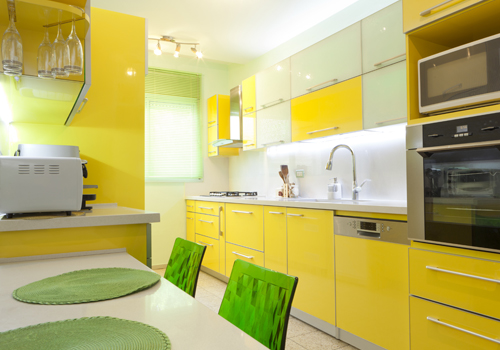
Red
Red is another colour that has the ability to raise the energy levels in a space, making it a famous choice for social areas in your house, such as the living room or dining room. This energy is great for socialising and starting conversations. Red is also a famously used appetite stimulant, as has been proven by all fast food restaurants heavily featuring red as their brand and restaurant colours. Refrain from using red in bedrooms and places of relaxation.
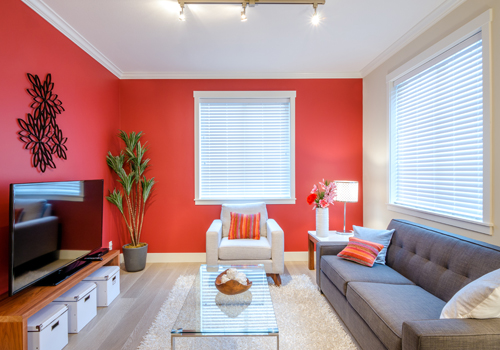
Neutrals
Neutrals are the most frequently used colours in most houses, and for good reason. They provide a clean slate for other colours or can also highlight other accent colours, making it a versatile choice for interior designers. Neutrals include black, white, greys and browns. Darker colours can be used as an accent to provide depth and drama, while lighter shades create a feeling of space and openness.
